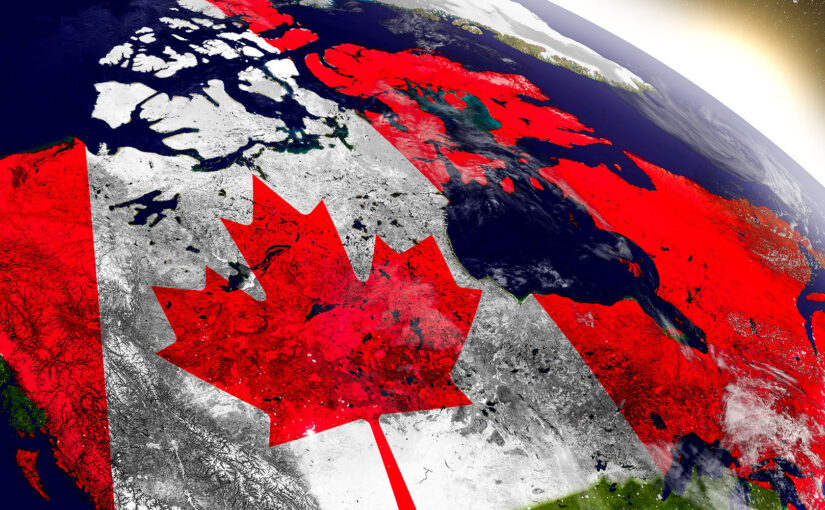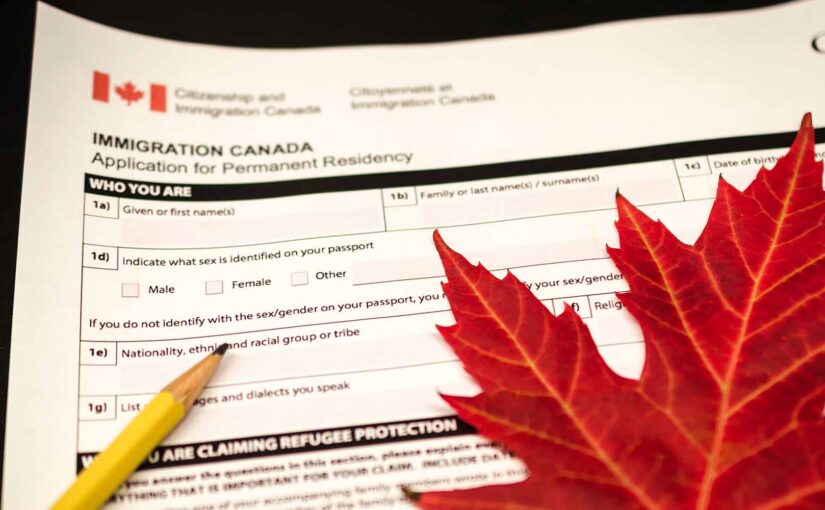Search this article on Google: How does the General Agreement on Trade in Services (GATS) impact the international trade scenario?
The Impact of GATS on International Trade: An In-Depth Analysis by LexLords Canada Immigration Lawyers
The General Agreement on Trade in Services (GATS) is an essential part of the international trade scenario, having profound and wide-ranging impacts. In this article, legal experts at LexLords Canada Immigration Lawyers—renowned for their vast experience in Canadian law—analyse the intricacies of GATS with a particular focus on its effects on international trade.
Overview of GATS
- Establishment: GATS came into existence in 1995 under the aegis of the World Trade Organisation (WTO).
- Objective: The principal aim of GATS is to remove barriers to trade in services and create a credible and reliable system of international trade rules.
- Scope: GATS covers a broad spectrum of services, including banking, telecommunications, tourism, and professional services like law and accountancy.
The Impact of GATS on International Trade
GATS has significant implications for international trade, creating both opportunities and challenges for countries across the globe. Some key impacts are discussed below:
- Facilitating Cross-Border Trade: GATS has played an important role in facilitating cross-border trade in services by breaking down barriers and opening up markets. This has resulted in enhanced competition and improved quality of services. An example is the case of ‘Canada – Certain Measures Affecting the Telecommunications Sector’, where Canada’s regulatory measures were questioned under GATS framework.
- Harmonisation of Regulations: GATS promotes the harmonisation of regulations among member countries, making it easier for service providers to operate across borders. This is evident in the case of ‘European Communities — Regime for the Importation, Sale and Distribution of Bananas’, where GATS was instrumental in the resolution of the dispute.
- Protection of Domestic Industries: While GATS encourages trade liberalisation, it also recognises the right of governments to regulate trade in order to meet national policy objectives. This balance has been an important aspect of GATS, as highlighted in the ‘United States — Measures Affecting the Cross-Border Supply of Gambling and Betting Services’ case.
- Dispute Resolution: GATS provides a framework for resolving trade disputes among member countries. For instance, in the ‘Mexico — Measures Affecting Telecommunications Services’ case, GATS played a pivotal role in addressing the concerns raised by the United States.
Conclusion
While GATS has significantly transformed the international trade landscape by promoting liberalisation and harmonisation, it also presents challenges that need to be effectively addressed. Countries must ensure that while pursuing trade liberalisation, they also protect their domestic industries and uphold important societal values. As legal experts at LexLords Canada Immigration Lawyers, we are committed to fostering a deeper understanding of such complex legal issues among our readers.
The range of services covered under GATS continues to grow with the global economy’s evolving needs. These include sectors like digital services, environmental services and healthcare services, which have come under the spotlight due to the recent COVID-19 pandemic. The impact of GATS on international trade will continue to be a key area of focus as we navigate this new global reality.
References
- World Trade Organisation (n.d.). Understanding the WTO – services: rules for growth and investment. Retrieved from https://www.wto.org/english/thewto_e/whatis_e/tif_e/agrm6_e.htm
- World Trade Organisation (n.d.). Dispute settlement. Retrieved from https://www.wto.org/english/tratop_e/dispu_e/dispu_e.htm









